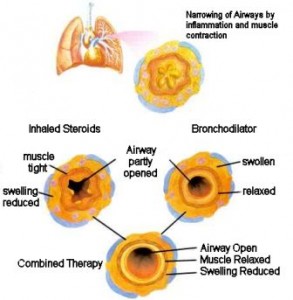Arizona Air Conditioning Benefits From New Energy Saving Technologies
Can New Innovations in Arizona Air Conditioning Cut Your Rate of Energy Consumption?
Arizona Air Conditioning – Even as global warming increases and temperatures rise, the technology to produce more energy efficient HVAC equipment moves forward. Throughout the world, including Phoenix, Mesa and other Arizona regions, the demand for reliable cost-efficient home and office A/C performance is on the increase. The heat wave is here and the future will bring even more.
But will the new innovations in air conditioning actually reduce your Arizona energy bills?
Rising Energy Consumption Reflects A Worldwide Growth In Air Conditioning Demands
Even as the summer sun settles beneath the horizon and fall slips upon Phoenix AZ and other U.S. cities, the luxury of home air conditioning remains a worldwide desire. China and India are finally coming to age, demanding home cooling equipment and driving an A/C buying spree that is increasing at the rate of 20 percent per year. According to the national energy experts, home cooling in the United States requires as much as 185 billion kilowatt-hours of yearly energy consumption. How much demand will ride the coattails of China and India?
Somehow, we must learn to beat the heat without fueling the fires of global warming. We cannot continue to fuel cooling systems with fossil fuels. According to Cheryl Martin deputy director of the U.S. Advanced Research Project Agency for Energy (ARPA-E), prevention and control lies in technology that can reduce the energy consumption of air conditioning equipment.
ARPA-E Funding Applied to New Innovations in A/C Technology
By using chlorofluorocarbons and other refrigerants to absorb heat, conventional air conditioning systems collect internal heat and then expel it into the outside environment. The process requires electricity to power compressors and pumps. New alternatives seek to replace refrigerant materials with solid materials that consume less energy. ARPA-E funding encourages a development of technology that will enable a thermoelectric solid to absorb heat.
- The end goal: Produce cheaper refrigerators and air conditioning equipment
- What makes it effective: A lack of moving parts
- The results: Fewer breakdowns and better reliability in rural areas.
A/C Technology That Uses Membranes and Water Condensing Processes
A project that began with funding via ARPA-E makes use of specialty membranes capable of producing cool air by condensing water. Under development by Dais Analytic Corp, ADMA and other “new innovation air conditioning” performers, the projects have become so effective as to pick up financial backing from the U.S. Navy. The system is being designed to meet the air conditioning and dehumidifier needs for troops and equipment in Afghanistan and Iraq. Efficiency improvements are expected to reach 30 percent or more. This means less fuel consumption, less transportation needs and less life endangerment due to fewer convoys.
Think about how effective such a cost-efficient system would be as an alternative Arizona Air Conditioning solution. A system that supports Navy troops is well worth consideration for home use.
Time is, of course, an issue. From development to commercial, home and office use, membrane technologies will go through many changes. The Navy is pushing. Expect the technology to move forward quickly and efficiently. ARPA-E discussions even include the possibility of cooling via the power of magnets or sound waves.
Affects on Mesa, Scottsdale and Other Phoenix Arizona Air Conditioning Requirements
According to the National Weather Service Phoenix AZ, recent Valley temperatures have exceeded 122 °F+. Some stretches of 100 °F+ temperatures have run as long as 76 days. More efficient Arizona air conditioning can benefit the people and the city. Meeting the growing demand for better cooling in a way that cost-effectively reduces the greenhouse consequences should be a priority of every citizen.
For more information on how new Air Conditioning technology can improve your Phoenix home comfort level, click here.




